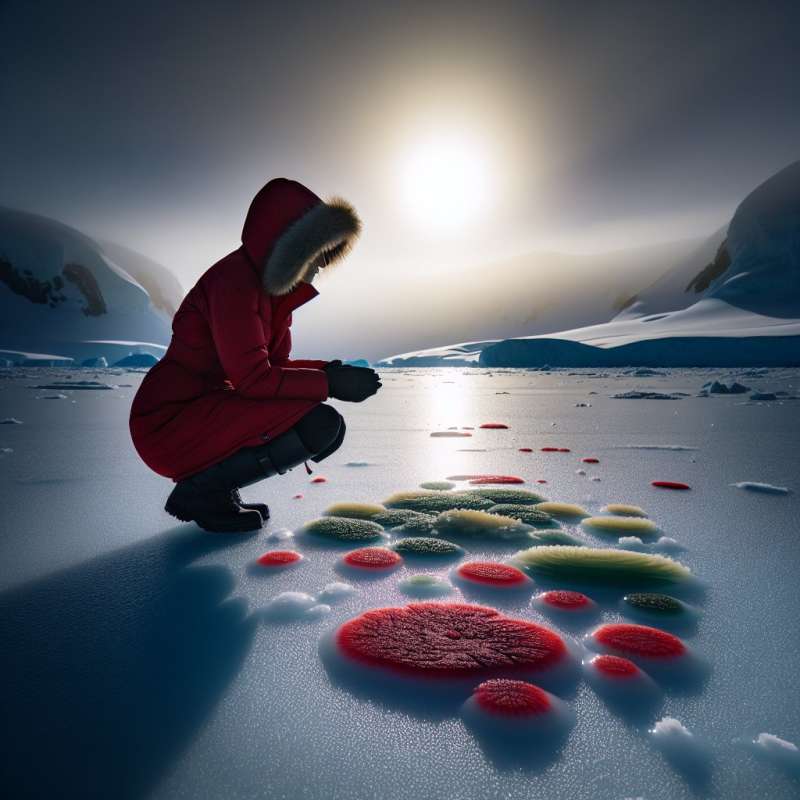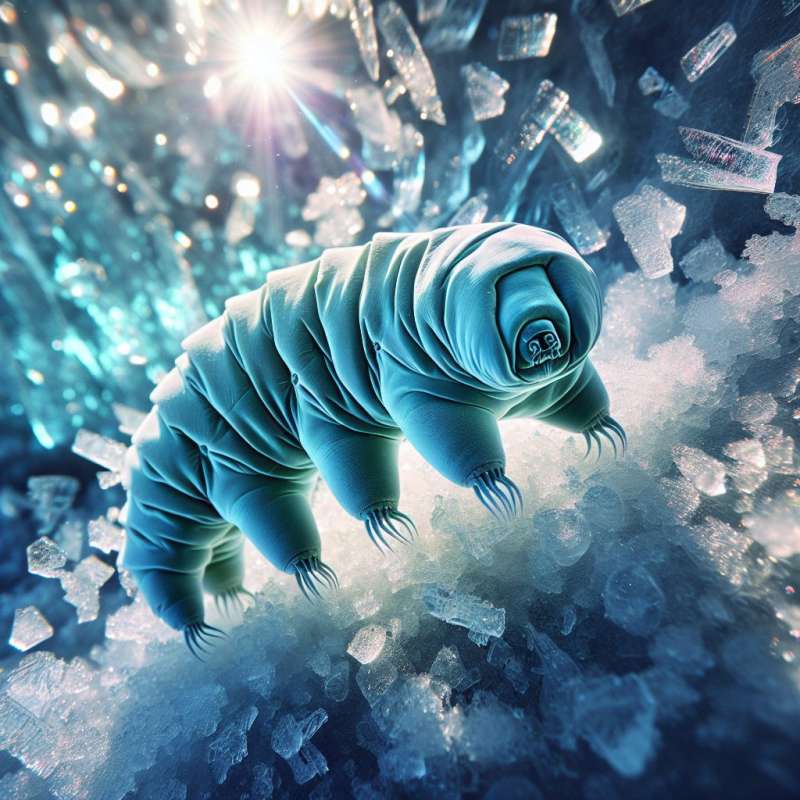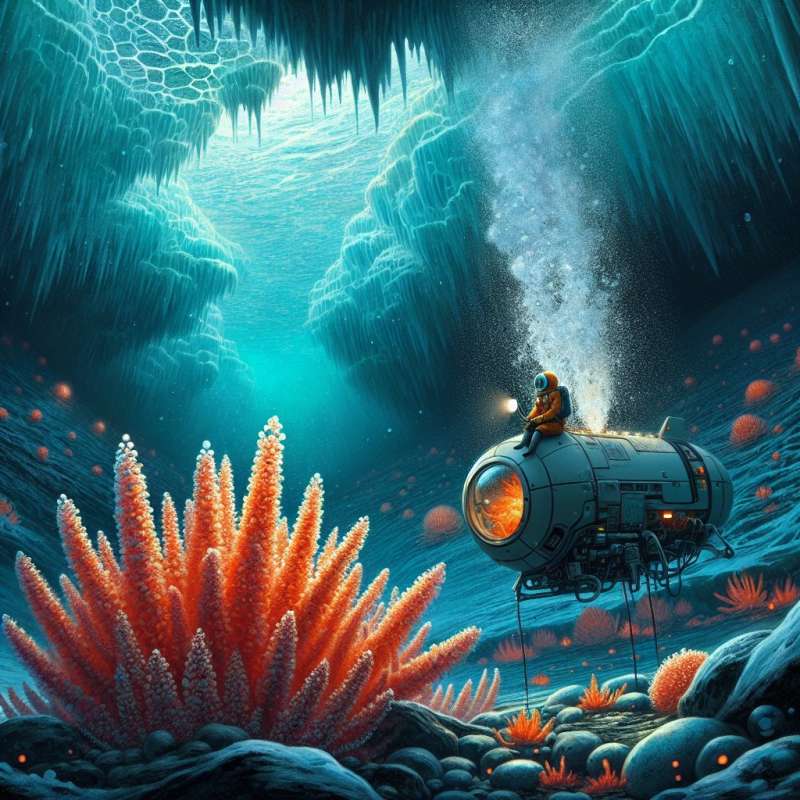
Extremophiles: Nature's Pioneers
Extremophiles thrive in Earth's harshest environments. Antarctica, with its extreme cold, hosts diverse life forms that challenge our understanding of biological limits.
Antarctic Ice's Microbial Life
Beneath the ice, in subglacial lakes, unique bacteria perform chemosynthesis, extracting energy from minerals, independent of sunlight, in total darkness.
Surviving Sub-Zero Conditions
Antarctic extremophiles have adapted to the cold by developing antifreeze proteins, protecting their cellular structures from freezing and maintaining metabolic functions.
Dry Valleys' Microbial Ecosystems
The McMurdo Dry Valleys, Earth's most Mars-like environment, harbor endolithic organisms that live inside rocks, shielded from intense UV radiation and extreme desiccation.
Antifreeze Proteins: An Insight
Studying extremophiles' antifreeze proteins provides insights for medical and technological advancements, like improving cryopreservation techniques and creating frost-resistant crops.
Thermophiles in Icy Waters
Not all Antarctic extremophiles are cold-loving. Hydrothermal vents in Antarctic waters house thermophiles, which bask in the paradox of boiling temperatures under ice.
Implications for Alien Life
Understanding extremophiles in Antarctica fuels astrobiological research, suggesting that life could potentially exist on ice-covered extraterrestrial bodies with subsurface oceans, like Jupiter's moon Europa.Tardigrades' Space Survival
Tardigrades, found in Antarctica, survived the vacuum and radiation of space, proving their extreme resilience beyond Earth.
Where do Antarctic extremophiles mainly thrive?
Dry tropical forests
Earth's harshest environments
Warm freshwater lakes
Company